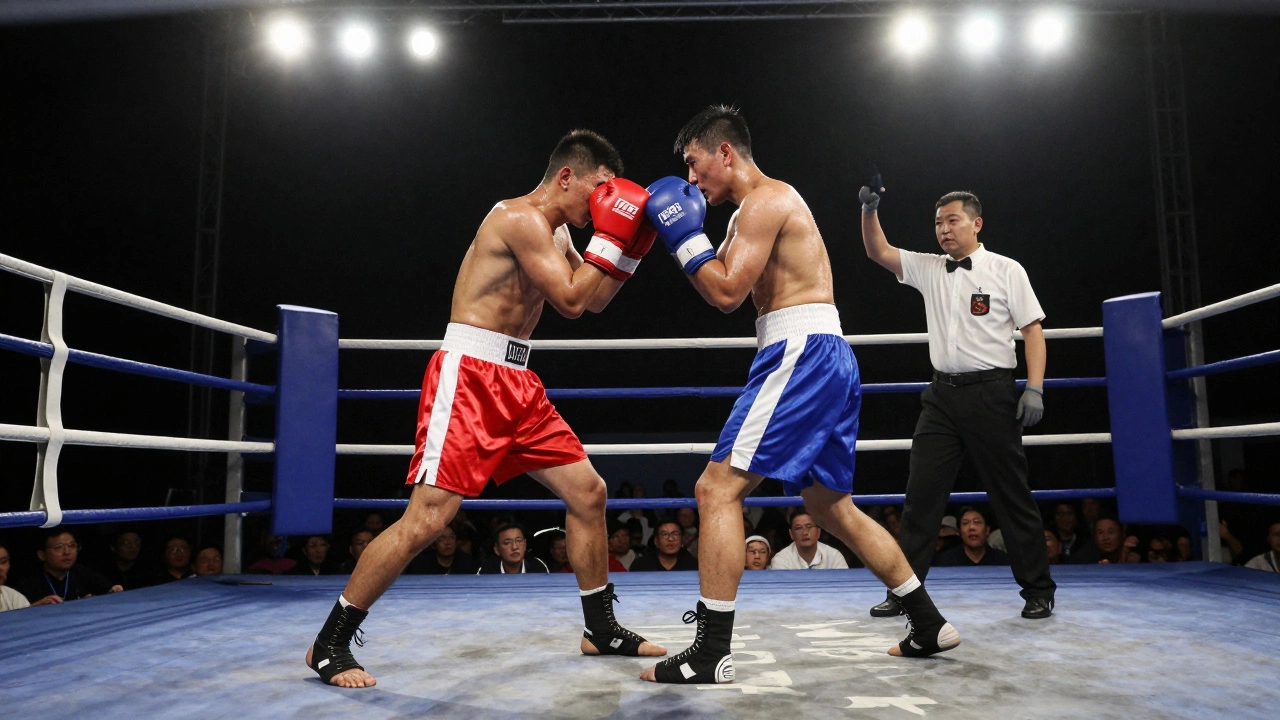
Boxing Terminology: Your Quick Guide to Common Fight Terms
Ever watched a match and heard words like "jab," "hook," or "southpaw" and felt lost? You’re not alone. Boxing has its own slang that can sound confusing at first, but once you get the basics, it all clicks. This guide breaks down the most used terms in clear, everyday language so you can follow any bout with confidence.
Core Terms Every Boxer Should Know
Jab – The straight, quick punch thrown with the lead hand. Think of it as the boxer’s primary tool for keeping distance and setting up other punches.
Cross – A powerful straight punch from the rear hand that travels across the body. It’s often used after a jab to finish a combo.
Hook – A curved punch that comes from the side, targeting the opponent’s head or body. It’s especially effective when the other fighter is turned sideways.
Uppercut – A rising punch that comes from below, aimed at the chin. It’s great for catching an opponent who leans in or is ducking.
Southpaw – A left‑handed boxer who fights with the right hand forward. Southpaws change the angle of attacks and often force opponents to adjust their strategy.
Advanced Lingo for Fans and Fighters
Clinching – When fighters grab each other’s arms to stop the action temporarily. It’s a defensive move that can also be used to catch a breather.
Bob and weave – A footwork technique where you dip (bob) and move sideways (weave) to avoid punches. It keeps you out of the line of fire while staying ready to counter.
Cut – A wound, usually on the face, caused by a glove or a forehead clash. Cuts can stop a fight if the referee thinks they’re too severe.
Round – A set time period (usually three minutes) where the fight takes place. Knowing the round count helps you gauge stamina and strategy.
Rule 1 in Boxing – The basic principle that a boxer must protect their head at all times. It’s the safety cornerstone and appears in every coaching session.
Memorizing these terms won’t make you a pro overnight, but it will let you understand commentary, follow training videos, and talk the talk at the gym. When you hear a boxer talk about “setting the jab‑cross combo” or “breaking the clinch,” you’ll instantly know what they mean.
Use this glossary as a cheat sheet. Keep it handy on your phone or print it out and stick it on your locker. The more you hear the words in real fights, the faster they’ll become second nature.
Boxing is as much about mental sharpness as physical power. Knowing the language gives you a mental edge, whether you’re watching a championship bout or stepping into the ring for the first time.

